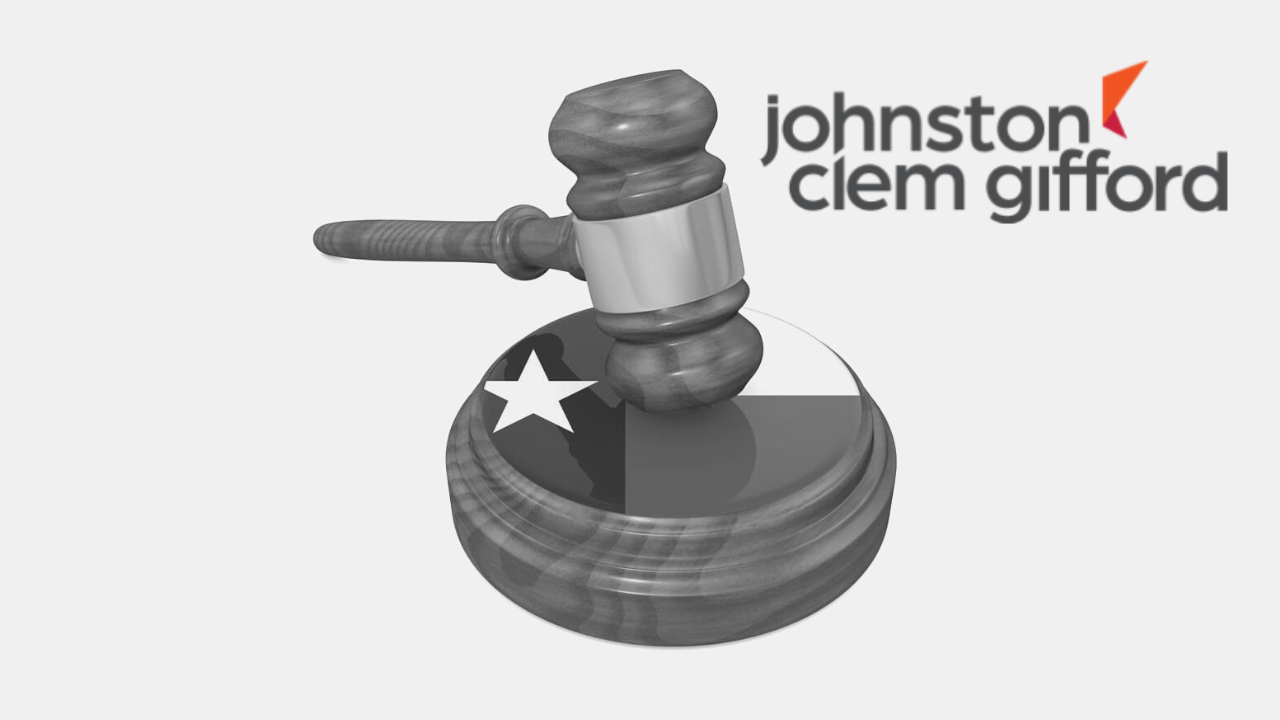Could Legislation Mean the End of the “Texas Two-Step?”

Johnson & Johnson’s highly publicized use of the controversial legal strategy “Texas Two-Step” has spurred Congressional calls for bankruptcy reform
Key Takeaways:
- The “Texas Two-Step” is a controversial legal maneuver used to handle mass-tort liabilities that has recently been used by some large corporations.
- Johnson & Johnson employed it in a highly publicized case involving tort claims from over 34,600 users of its talc product. Its use of the strategy included a complex corporate restructuring.
- Some lawmakers and consumer advocates protest the use of the Texas Two-Step. They claim it inappropriately uses chapter 11 and are pushing for bankruptcy law reform.
- Some analysts believe bankruptcy reform proposals face an uphill battle in passing both chambers of Congress.
Johnson & Johnson is not the first company to use the controversial legal maneuver known as the “Texas Two-Step” to handle mass-tort liabilities, but it may be the most publicized.
Decisions regarding what Harvard Law School’s Michael A. Francus described as “aggressive uses of the bankruptcy system” have led to debates among legal experts, congressional hearings, and the introduction of legislation in both houses of Congress. Some lawmakers point to the J&J case as an example of a company “pushing the limits” of chapter 11 and using it in ways “the bankruptcy code never intended.”
Some legislators and plaintiffs’ advocacy groups have mobilized to reform the US bankruptcy system following key cases involving Purdue Pharma and Ascena Group Inc. The J&J case strengthens their arguments as it draws criticism for employing both the Texas Two-Step strategy and forum shopping. These issues are the focus of several bills making their way through Congress.
A Brief Overview of the Texas Two-Step Legal Maneuver
While declaring bankruptcy has long been a familiar strategy for companies facing large liability cases, the popularity of what has become known as the Texas Two-Step is relatively recent.
When a company files a Texas Two-Step bankruptcy, it is not actually declaring bankruptcy. Instead, it creates a new company under a unique provision in the Texas Business Organizations Code. Since 1989, Texas law has broadly defined the term “merger” to include the division of an existing entity into two or more new entities—the “divisive merger” or “divisional merger.” The new company then files Chapter 11 after assuming the original company’s outstanding liabilities.
J&J used the Texas Two-Step when confronted with claims from over 34,600 users of its products “alleging its Baby Powder and other talc-based products caused cancer.” The company’s strategy actually took more than two steps and followed a complex corporate restructuring:
- Johnson & Johnson Consumer Inc., a New Jersey corporation, merged into a newly formed Texas limited liability company;
- The new LLC completed a divisive merger under Texas law, forming two new Texas entities—the “debtor” and “non-debtor” LLCs—and dissolved the old New Jersey corporation;
- The debtor LLC assumed the talc-related liabilities and re-registered as a North Carolina LLC named LTL Management;
- LTL Management then filed for Chapter 11 bankruptcy protection in NC; and
- The non-debtor company, having kept the original company’s remaining assets and non-talc liabilities, merged into a new New Jersey corporation and changed its name to Johnson & Johnson Consumer Inc.
The Texas Two-Step may seem like an intricate legal dance, which justifies the strategy’s nickname more than its number of steps or presumed state of origin. The maneuver isn’t limited to Texas; it can also be executed under Delaware law, for example.
When executed properly, the Texas Two-Step can shield the original company from costs and, in many cases, additional reputational damage. In February 2022, US bankruptcy court Judge Michael Kaplan of New York ruled that LTL Management could proceed with filing chapter 11 bankruptcy, denying a motion to dismiss. At the time of this writing, the protests and proposed legislation have not derailed J&J’s plans.
Publicized cases and public protests
Johnson & Johnson’s use of the bankruptcy courts and a divisive merger to settle claims against the parent company has drawn outrage from consumer watchdog groups and legislators calling for bankruptcy reform. In the opinion of Senator Elizabeth Warren (D-MA), “Another giant corporation is abusing our bankruptcy system to shield its assets and evade liability.”
The J&J case has garnered the attention of lawmakers nationwide and has been the subject of Congressional committees. But to date, calls to disable the Texas Two-Step mechanism and any proposed bankruptcy reform legislation have not progressed past the discussion stage.
One piece of legislation that could provide creditors with a tool to take on the Texas Two-Step, the Nondebtor Release Prohibition Act of 2021, has failed to gather the bipartisan support necessary for passage. Lawyers for creditors will continue to challenge the strategy by challenging the mergers as fraudulent transfers or seeking substantive consolidation of the companies involved to make more assets available.
The Texas Two-Step has implications beyond the Johnson & Johnson case. Legal scholars believe its use spotlights several controversial aspects of bankruptcy law, including how the bankruptcy system should be used and the issue of venue choice and forum shopping. The J&J case has forced discussions at the highest levels about the appropriate uses of mass-tort bankruptcies. But whether these talks will result in substantive legal change is yet to be seen, and many analysts believe new legislation faces headwinds in a fiercely divided Congress.
Johnston Clem Gifford’s Distressed Debt & Bankruptcy lawyers routinely advise commercial and retail banks, credit unions, hedge funds, REITs, consumer finance lenders, insurers, secured and unsecured creditors, creditors’ committees, bankruptcy trustees, and other parties affected by financial insolvency issues. Contact us online or by calling (214) 974-8000.
